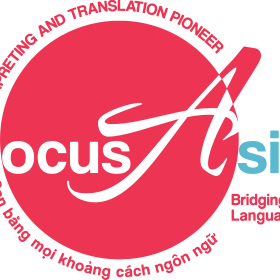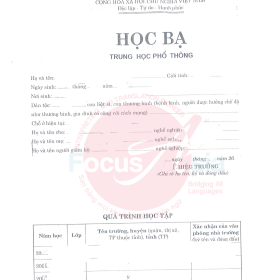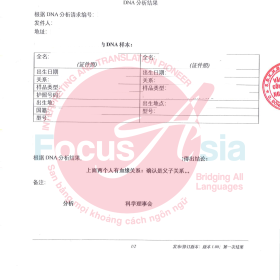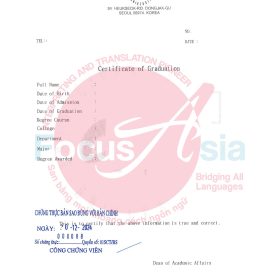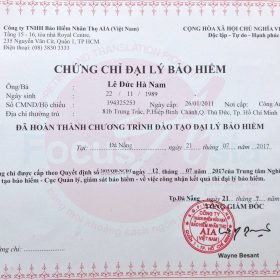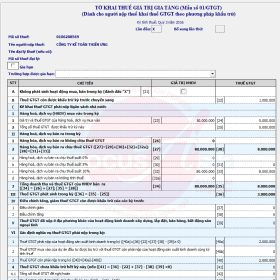Conference interpreting – cabin interpreting: Differences and importance.
Conference interpreting and cabin interpreting are two forms of professional interpreting commonly used in international events, conferences, and seminars. Although both aim to convey information between individuals speaking different languages, these two forms have distinct characteristics.
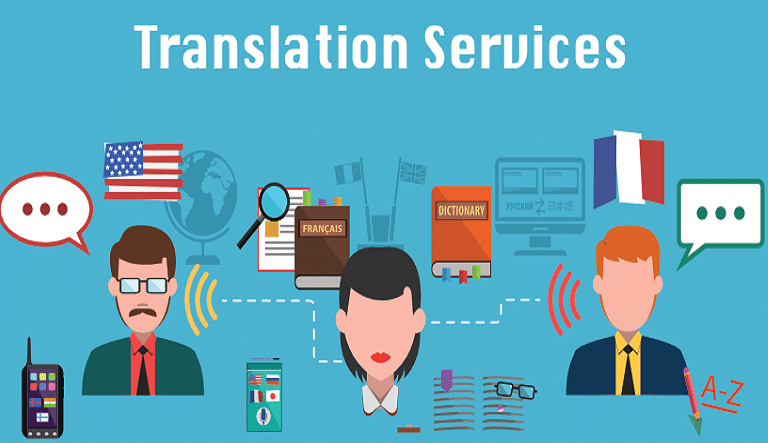
Conference interpreting
1. Characteristics: Interpreters often stand in front of the audience and convey information directly.
2. Advantages:
- Direct interaction with the audience, creating a sense of closeness.
- Easy to observe the audience’s reactions to adjust speed and expression.

3. Disadvantages:
- Requires a loud, clear voice and good expression skills.
- Can be affected by surrounding noise.
Cabin interpreting
1. Characteristics: Interpreters work in a cabin isolated from the audience, using specialized equipment to transmit sound.
2. Advantages:
Highly focused on interpreting without being distracted by outside noise.
Better sound quality, helping listeners easily absorb information.
3. Disadvantages:
- Lack of direct interaction with the audience.
- Requires skills in using specialized equipment.

When to choose which form?
- Conference interpreting: Suitable for small-scale, open-space conferences that require high interaction between speakers and audiences.
- Cabin interpreting: Suitable for large, multilingual conferences that require high sound quality and maximum concentration of the interpreter.
Importance of conference interpreting and cabin interpreting
- Ensure accurate understanding: Help participants from different countries understand the content of presentations and discussions.
- Promote international exchange: Create conditions for countries and organizations to cooperate and exchange experiences.
- Enhance the event’s image: A conference or seminar with professional interpretation services will leave a good impression on the guests.
See more









